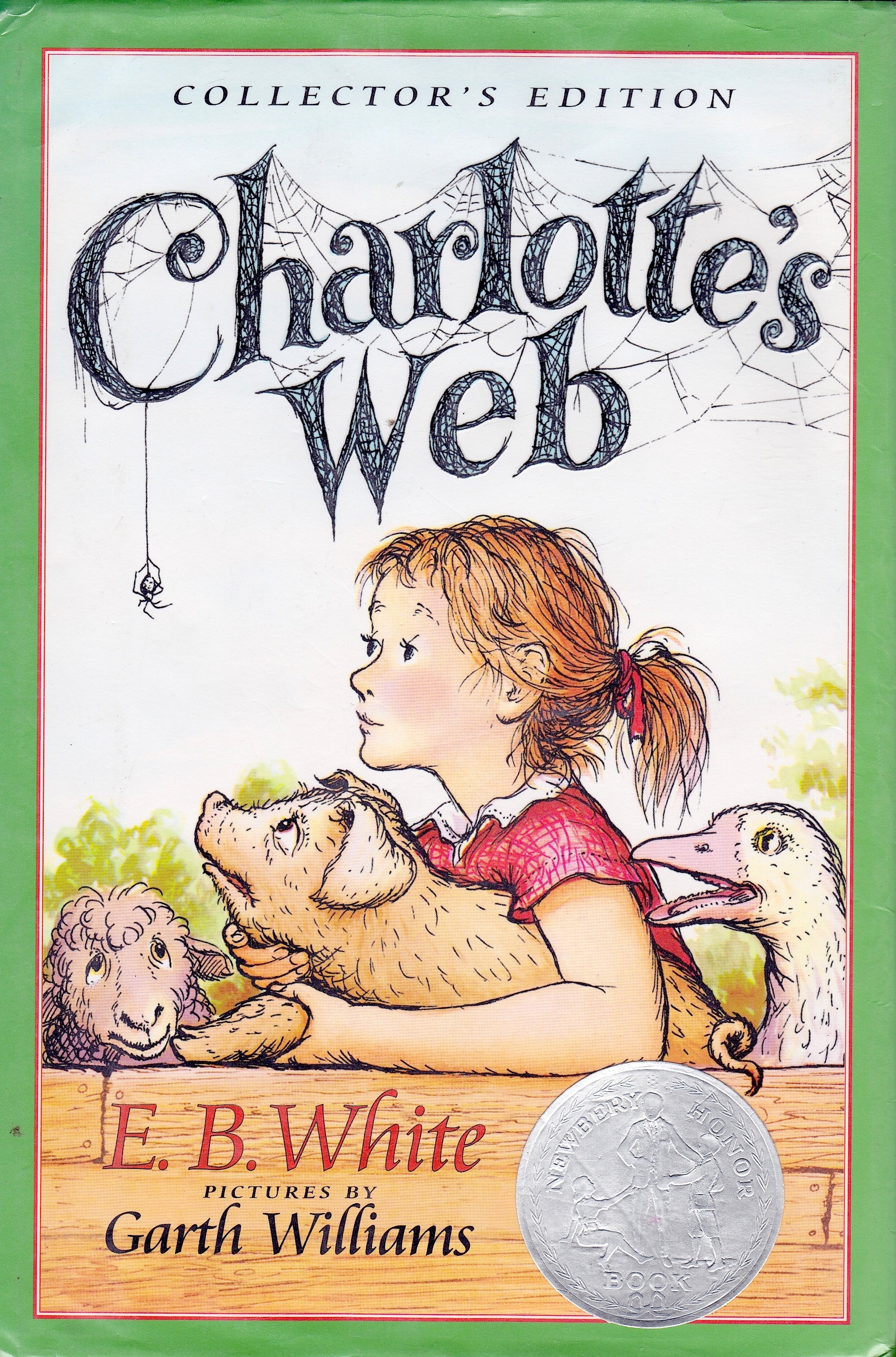RDA Simplified
esource
Description and Access, better known as RDA, was introduced to the cataloging world
in 2005 as a simpler version of what was initially supposed to be AACR3 (Anglo-American Cataloging Rules 3). RDA
was designed to help catalogers conquer the digital world and give a guideline for
all cataloging all types of content and material. The reason RDA was made its
very own set of rules is because the outcome of an RDA record ends up being so
different from an AACR record.
The
differences between AACR2 and RDA are quite clear. While AACR2 was introduced
in 1978, during the era of card catalogs, it does not provide rules for
cataloging newer digital content and emerging technologies. Also, AACR2 is a
set of rules that dictates not only the content needed in a record, but how
these records should be displayed and arranged. RDA is much more simple in that
it only covers what content needs to be in the record. It is a lot less
standardized that the AACR series and allows for greater freedom at individual
institutions to best fit their needs. Another difference between AACR2 and RDA
is that RDA encompasses FRBR (Functional Requirements for Bibliographic
Records) technology to make searching for materials through an online database
much more inclusive. FRBR allows databases to link related works, expressions,
manifestations, and items so that users can find the exact copy and version of
what they are looking for.


RDA
instructs that information in the description may be taken from anywhere in the
original source, information is to be input exactly as it is worded in the
source, and all names that appear in the statements from responsibility are to
be transcribed as well. Traditionally, information from title pages was the
only information used when creating bibliographic records, but as time has gone
on and publishers have taken style and creative liberties, information found on
title pages are not a reliable source to get all of the information needed when
creating surrogate records anymore. RDA dictates that catalogers are no longer
limited to the title page and any information found throughout the source is
fair game. Another difference found is RDA is that originally, bibliographic
records were contained corrected typos and fixed mistakes that may appear in
the source with a denotation that the entry has been revised from the original
work, but with RDA, we are to record everything as it appears in the source,
mistakes and all.
Reference
Anhalt,
J. & Stewart, R.A. (2012). RDA simplified. Cataloging & Classification
Quarterly 50(1):33-42.












